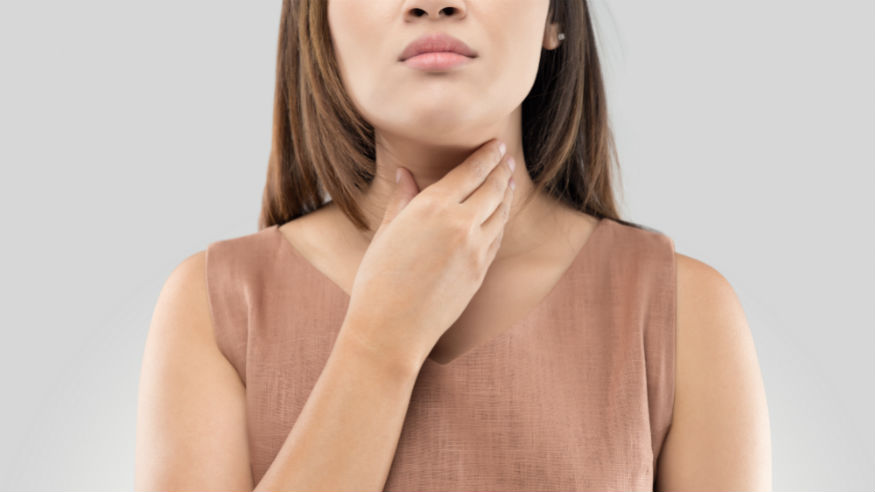According to the American Cancer Society, 54,000 new cases of thyroid cancer will be diagnosed in 2018 — and 75 percent of those will be in women. Even though women are, for unknown reasons, at higher risk of getting thyroid cancer, anyone in any age group can get the disease. We talked to Dr. Raymond Chai, Head and Neck Surgeon at Mount Sinai Union Square, about the condition.
Do you know the risks of thyroid cancer?
Photo Crdit: iStock.
What are the symptoms of thyroid cancer?
The most common symptom for thyroid cancer is a lump in the middle of the neck. Symptoms concerning for more aggressive disease include voice changes, swallowing problems, pain, and breathing issues.
What causes it?
Thyroid cancer is a cancerous tumor or growth within the thyroid gland in the front of the neck. The exact cause for most thyroid cancers is unknown. In certain cases, thyroid cancer can be a genetically inherited condition but this is very rare. A family history of thyroid cancer; a history of radiation exposure to the head, neck, or chest; and a diet low in iodine are important risk factors.
How is it diagnosed?
Thyroid cancer is usually first suspected either on physical examination by a physician or through ultrasound. Definitive diagnosis for thyroid cancer is made with a fine needle biopsy, usually with ultrasound guidance.
Are there different types of thyroid cancer?
There are four main types of thyroid cancer: papillary, follicular, medullary, and anaplastic. Papillary thyroid cancer is by far the most common type in the United States.
How is thyroid cancer treated?
The initial treatment for thyroid cancer is typically surgery, with removal of either one half of the thyroid or the entire thyroid gland. Additional treatments that are used may include thyroid hormone suppression and radioactive iodine.
What is the prognosis or outlook for those diagnosed with thyroid cancer?
Most thyroid cancers are very curable with appropriate treatment. However, the risk for recurrent disease can be high and careful monitoring must be performed by a medical professional after treatment.
What are some tips for prevention?
Have a physical exam every year; have a thyroid physical exam every three years if you are 20-39 years old and every year if you are 40 or older; avoid unnecessary exposure to radiation; get frequent checks if you’ve been exposed to radiation of the head, neck or chest and have a family history; and perform a thyroid neck self-exam, looking for asymmetries or protrusions below the Adam’s apple.






















